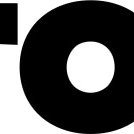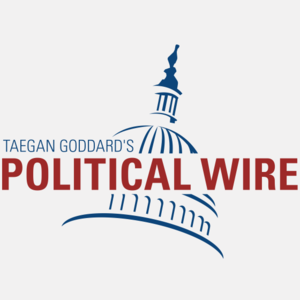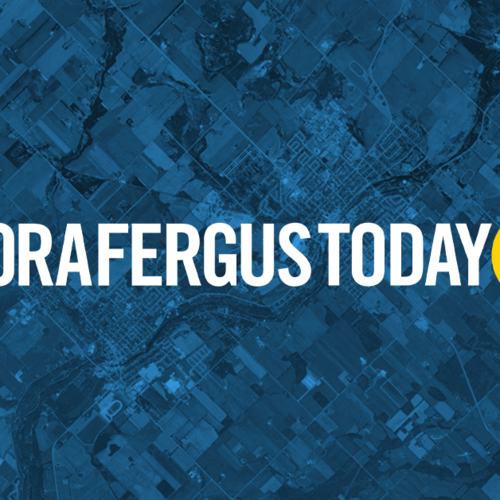Consumer price inflation heated up slightly in October 2024, coming in at 2.6% annually, compared with 2.4% in September. Monthly prices rose 0.2% from September, according to data released by the Bureau of Labor Statistics Wednesday, Nov. 13.
Core inflation, which removes more volatile food and energy prices, rose 3.3% annually and 0.3% compared with September. Both headline and core inflation came in line with expectations, according to FactSet. However, the rate of inflation did tick up slightly from September’s report.
The cost of shelter rose 4.9% annually and 0.4% since September. Shelter accounts for more than 65% of the rise in annual core inflation, BLS reported.
As shelter prices continue to rise, homeownership is becoming harder and harder for younger Americans.
First-time buyers dropped to 24% between July 2023 and June 2024, a record low. That’s down from 32% a year earlier, according to the National Association of Realtors’ 2024 profile of home buyers and sellers, released last week. The average age of first-time buyers rose to 38 years old from 35 years old.
Meanwhile, the food index rose just 2.1% annually and ticked up 0.2% since September. Food at home, or groceries, rose 1.1% for the month.
“Five of the six major grocery store food group indexes increased in October,” BLS wrote. “The cereals and bakery products index increased 1.0 percent over the month as the bread index advanced 1.9 percent. The index for dairy and related products also increased 1.0 percent in October. The fruits and vegetables index increased 0.4 percent over the month, as did the nonalcoholic beverages index.”
The overall energy index fell 4.9% as Americans spent less on gasoline. The price of new vehicles fell 1.3% annually, while used vehicles fell 3.4% compared with the same month last year. Vehicles were a major driver of the post-pandemic inflationary episode.
The Federal Reserve’s dual mandate is to control price inflation and maintain full employment. Inflation has yet to hit its target of 2%. The latest report comes less than a week after the Fed cut its benchmark interest rate by 25 basis points. The federal funds rate now sits at 4.5% to 4.75%. Markets expect the central bank will make another cut of 25 bps when it meets in December.
Meanwhile, this is the first inflation report following President-elect Donald Trump winning the election. Trump has promised a number of tariffs, which many economists believe would be inflationary.










































































